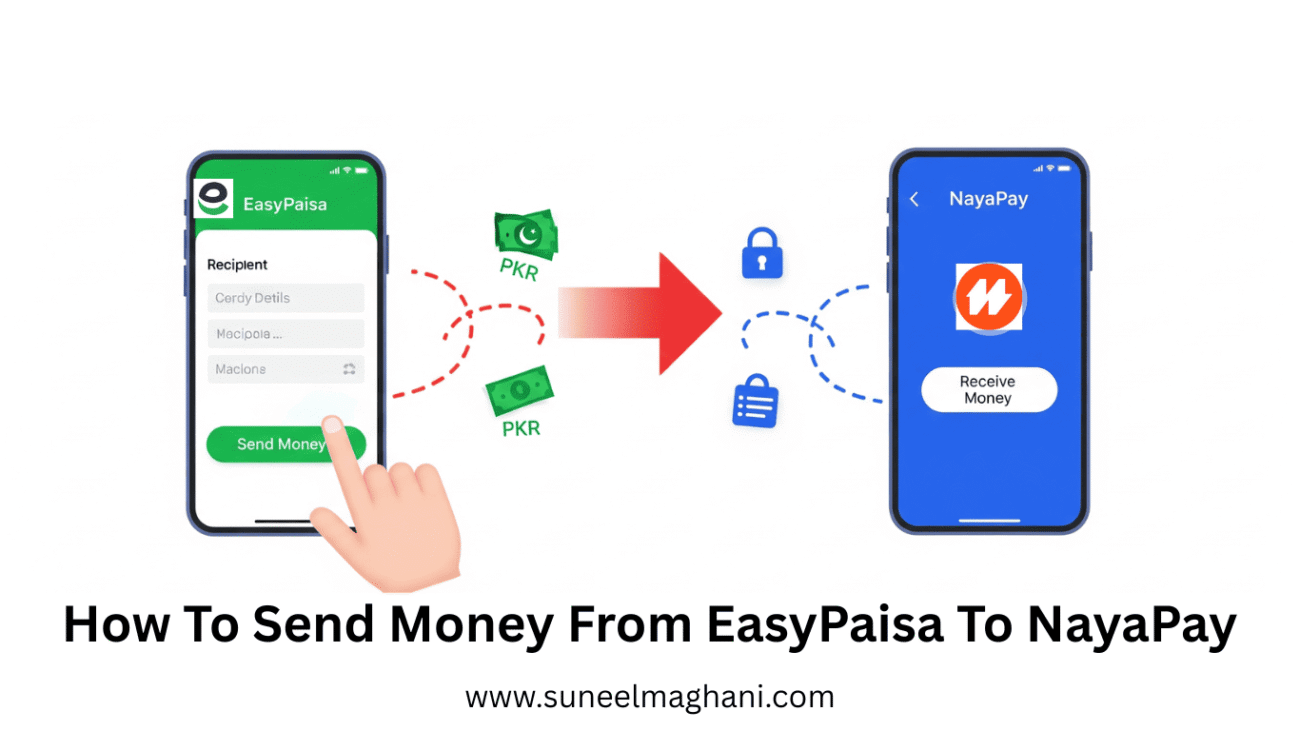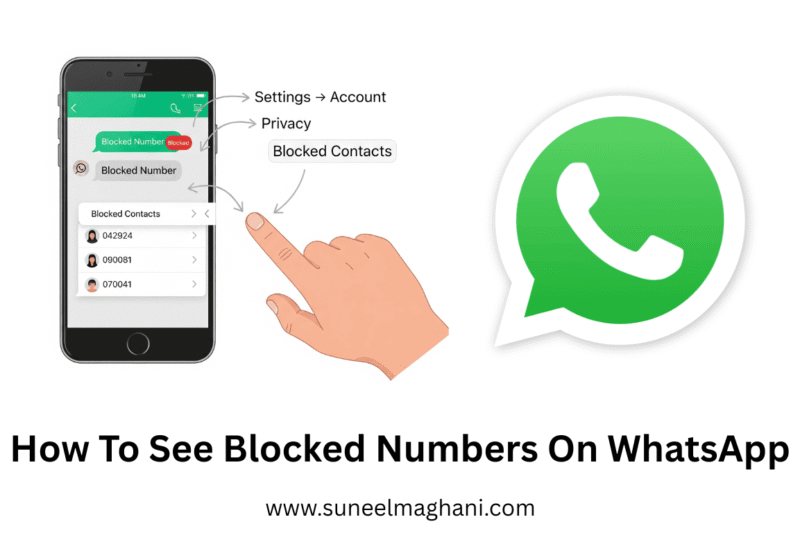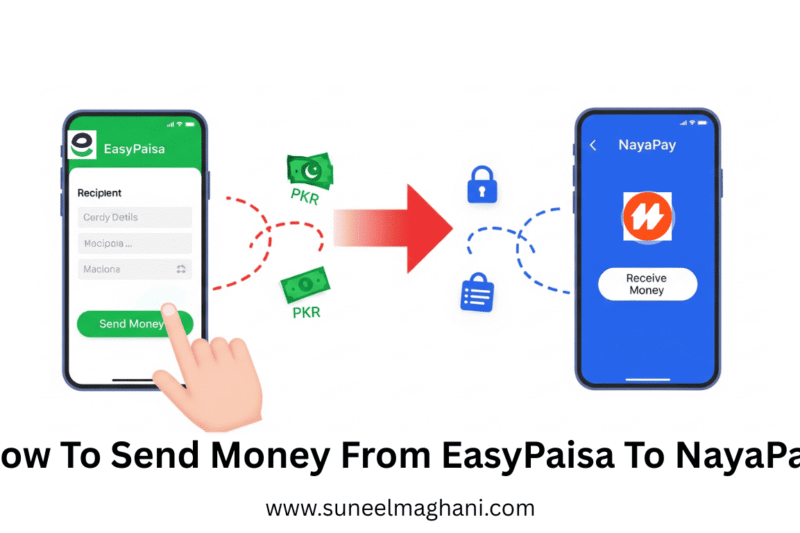Are you searching for a solution for how to change language on Google Gemini on an … How To Change Language on Google GeminiRead more
How To See Blocked Numbers On WhatsApp
Are you searching for a solution on how to see blocked numbers on WhatsApp on an … How To See Blocked Numbers On WhatsAppRead more
How To Install Tradera Shopping App On Android
Are you searching for a solution on how to install Tradera Shopping App on Android phone? … How To Install Tradera Shopping App On AndroidRead more
How To Send Money From EasyPaisa To NayaPay
Are you searching for a solution on how to send money from EasyPaisa to Nayapay? If … How To Send Money From EasyPaisa To NayaPayRead more
How To Change Spotify Profile Picture
Are you looking for a solution on how to change Spotify profile picture on your phone? … How To Change Spotify Profile PictureRead more
How To Change Spotify Username On Phone
Are you searching for a solution on how to change your Spotify username on your phone? … How To Change Spotify Username On PhoneRead more
How To Install Spotify Music App On Android
Are you searching for a solution on how to install Spotify Music app on an Android … How To Install Spotify Music App On AndroidRead more
How To Install Flipkart Account
Are you searching for a solution on how to Install a Flipkart account on an Android … How To Install Flipkart Account Read more
How To Install Netflix App On Android
Are you searching for a solution on how to install Netflix app on Android? If so, … How To Install Netflix App On AndroidRead more
How To Install Google Earth App
Are you searching for a solution on how to install Google Earth app on an Android … How To Install Google Earth AppRead more














